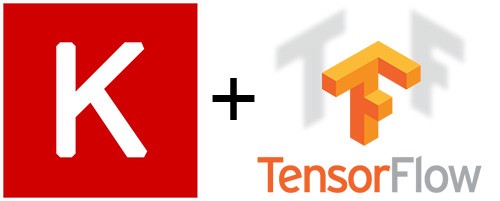How to incorporate Multiple Layers in a Deep Learning model

Incorporating multiple layers in a deep learning model can help to improve its performance by allowing it to learn more complex features from the data. A deep learning model consists of layers of artificial neurons, each layer learning a different set of features from the data.
There are several types of layers that can be used in a deep learning model, such as fully connected layers, convolutional layers, and recurrent layers. Each type of layer is suited for a specific type of data and task.
Fully connected layers, also known as dense layers, are the most basic type of layer and are used to learn a set of weights that can be used to make predictions. They are often used in the final layers of the model to make the final predictions.
Convolutional layers are used to learn spatial features from image data. They are particularly useful in image recognition tasks as they are able to identify patterns and features in images that are not easily recognizable by humans.
Recurrent layers are used to learn temporal features from sequential data, such as time-series or text. They are particularly useful in tasks such as natural language processing and speech recognition.
When incorporating multiple layers into a deep learning model, it’s important to consider the number of layers, the number of units or neurons in each layer, and the activation functions used in each layer. It’s also important to consider the architecture of the model and the relationship between different layers.
In summary, incorporating multiple layers in a deep learning model can help to improve its performance by allowing it to learn more complex features from the data. There are several types of layers that can be used, such as fully connected layers, convolutional layers, and recurrent layers, each one suited for a specific type of data and task. When incorporating multiple layers into a deep incorporating multiple layers in a deep learning model can help to improve its performance by allowing it to learn more complex features from the data. A deep learning model consists of layers of artificial neurons, each layer learning a different set of features from the data. It’s important to consider the number of layers, the number of units or neurons in each layer, the activation functions used in each layer, and the architecture of the model and the relationship between different layers. This can help to ensure that the model is able to learn relevant features from the data and make accurate predictions.
In this Applied Machine Learning & Data Science Recipe (Jupyter Notebook), the reader will find the practical use of applied machine learning and data science in Python programming: How to incorporate Multiple Layers in a Deep Learning model.
Disclaimer: The information and code presented within this recipe/tutorial is only for educational and coaching purposes for beginners and developers. Anyone can practice and apply the recipe/tutorial presented here, but the reader is taking full responsibility for his/her actions. The author (content curator) of this recipe (code / program) has made every effort to ensure the accuracy of the information was correct at time of publication. The author (content curator) does not assume and hereby disclaims any liability to any party for any loss, damage, or disruption caused by errors or omissions, whether such errors or omissions result from accident, negligence, or any other cause. The information presented here could also be found in public knowledge domains.
Learn by Coding: v-Tutorials on Applied Machine Learning and Data Science for Beginners
Latest end-to-end Learn by Coding Projects (Jupyter Notebooks) in Python and R:
Applied Statistics with R for Beginners and Business Professionals
Data Science and Machine Learning Projects in Python: Tabular Data Analytics
Data Science and Machine Learning Projects in R: Tabular Data Analytics
Python Machine Learning & Data Science Recipes: Learn by Coding